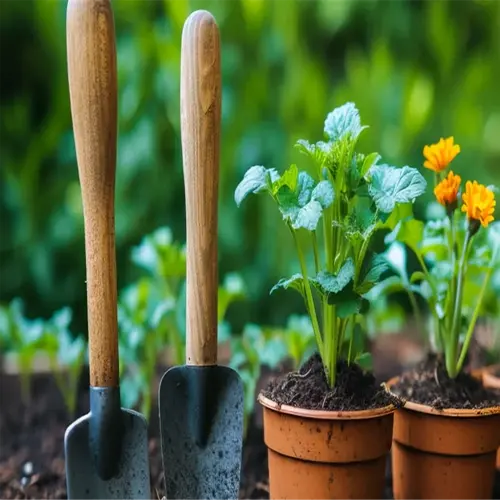How to distinguish overwatering from underwatering?

Written by
Tina Carter
Reviewed by
Prof. Charles Hartman, Ph.D.While overwatering and underwatering may initially create similar curls on tomato leaves, there are important differences when inspected closely. I once misidentified a client's tomato issue, resulting in a 30% yield loss of their tomato crop. This experience lead me to teach my clients the squeeze test: soil with a healthy moisture level will create a ball and crumble somewhat easily."
Overwatering Signs
- Yellow lower leaves with limp texture
- Soil smells sour or swampy
- Roots appear brown and slimy
Underwatering Signs
- Crispy leaf edges curling upward
- Soil pulls away from container walls
- Roots look brittle and pale
The approaches for recovery vary widely. If plants are overwatered, it will probably take about 7 days of dry weather to get them back on track. I use wooden skewers to probe the moisture of the soil. If tomatoes are underwatered, they should be rehydrated progressively by providing about a cup of water every hour for 6 hours to give the root system time to adapt. The new growth is usually an early sign of recovery before the older leaves begin to recover as well.
Avoid misdiagnosis by utilizing the 24-hour check. Correctly watered soils will darken but not drip with water when you squeeze the soil. One rooftop garden client reduced their watering errors by 70% simply following this check. Alternatively, consider mulching your soil with shredded bark which can indicate moisture levels based on color.
Read the full article: Tomato Leaves Curling: Causes and Solutions

